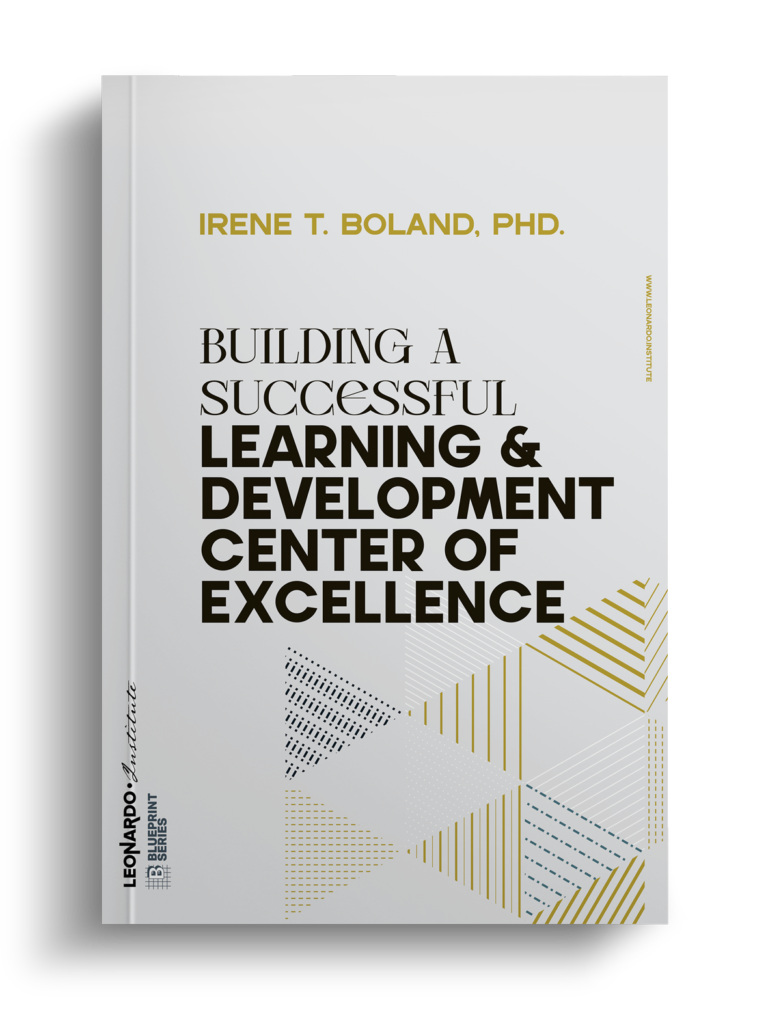As workplace learning continues to evolve, integrating technology effectively is more crucial than ever. This article dives deep into the Technology Acceptance Model (TAM), a fundamental framework for understanding how users come to accept and use technology. For workplace learning professionals, mastering TAM can unlock new avenues for facilitating and enhancing learning through technological tools.
The Genesis of the Technology Acceptance Model
The Technology Acceptance Model, developed by Fred Davis in 1986, is rooted in the belief that the adoption of new technology is primarily influenced by two factors: perceived usefulness and perceived ease of use. For workplace learning professionals, this model provides a valuable lens through which to view the adoption of learning technologies in an organizational context. Perceived usefulness refers to the degree to which a person believes that using a particular system would enhance their job performance. Perceived ease of use, on the other hand, denotes the degree to which a person believes that using the system would be free of effort.
These concepts are particularly relevant in the context of workplace learning, where new technologies are continually introduced. Understanding how employees perceive these technologies can greatly influence how successfully they are integrated into learning environments. For example, a learning management system (LMS) may be perceived as highly useful for organizing training modules, but if it’s not user-friendly, its adoption and effective use can be severely hindered.
Expanding TAM: Additional Factors Influencing Technology Acceptance
Since its inception, the Technology Acceptance Model has evolved, incorporating additional factors that influence technology acceptance in the workplace. These include social influence, facilitating conditions, and self-efficacy. Social influence refers to the degree to which employees perceive that important others believe they should use the new system. Facilitating conditions involve the degree to which an individual believes that an organizational and technical infrastructure exists to support the use of the system. Self-efficacy, derived from Bandura’s social cognitive theory, relates to one’s belief in their ability to use the technology effectively.
For workplace learning professionals, these expanded factors offer a more comprehensive understanding of technology acceptance. For instance, when introducing a new e-learning platform, it’s not just about how useful or easy to use the platform is; it’s also about the social dynamics within the organization, the support available for using the platform, and the confidence that employees have in their ability to use it effectively. These factors can significantly impact the overall success of technology implementation in learning environments.
Application of TAM in Designing Learning Interventions
The practical application of the Technology Acceptance Model in designing learning interventions cannot be overstated. When developing training programs or selecting learning technologies, workplace learning professionals can use TAM as a guide to assess potential barriers and enablers of technology adoption. For example, when choosing a virtual reality (VR) tool for training, besides evaluating its usefulness in enhancing learning outcomes and its ease of use, it’s also essential to consider the organizational culture around technology use, the infrastructure in place to support VR technology, and the confidence that learners have in using such advanced tools.
Moreover, TAM can be used to create more personalized learning experiences. By understanding the specific needs and perceptions of different learner groups, interventions can be tailored to address particular concerns or preferences, thereby increasing the likelihood of successful technology adoption and engagement in learning.
Put it to Work
As a workplace learning professional, you can leverage the insights provided by the Technology Acceptance Model in several practical ways:
- Evaluating New Technologies: Before introducing a new learning technology, use TAM to evaluate its perceived usefulness and ease of use among your learners. Conduct surveys or focus groups to gather insights.
- Training and Support: Develop comprehensive training and support systems that address not just the technical aspects of the new technology but also bolster self-efficacy and provide a supportive social environment for learning.
- Feedback Mechanisms: Implement regular feedback mechanisms to understand ongoing perceptions of the technology and make adjustments as necessary.
The Takeaway
The Technology Acceptance Model provides a robust framework for understanding and enhancing the adoption of technology in workplace learning contexts. By considering factors such as perceived usefulness, ease of use, social influence, facilitating conditions, and self-efficacy, you can more effectively guide the integration of technology into learning environments. Remember, successful technology integration in learning is not just about the technology itself but about understanding and addressing the human factors that influence its acceptance and use.
Embrace TAM as a tool for making informed decisions about technology use in your learning initiatives, and watch as it transforms not just your approach to technology, but the learning culture of your organization as a whole.


